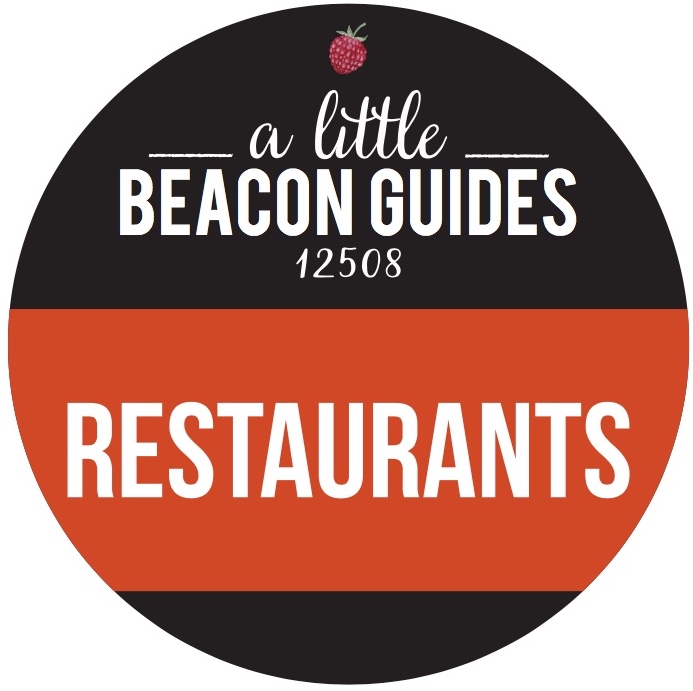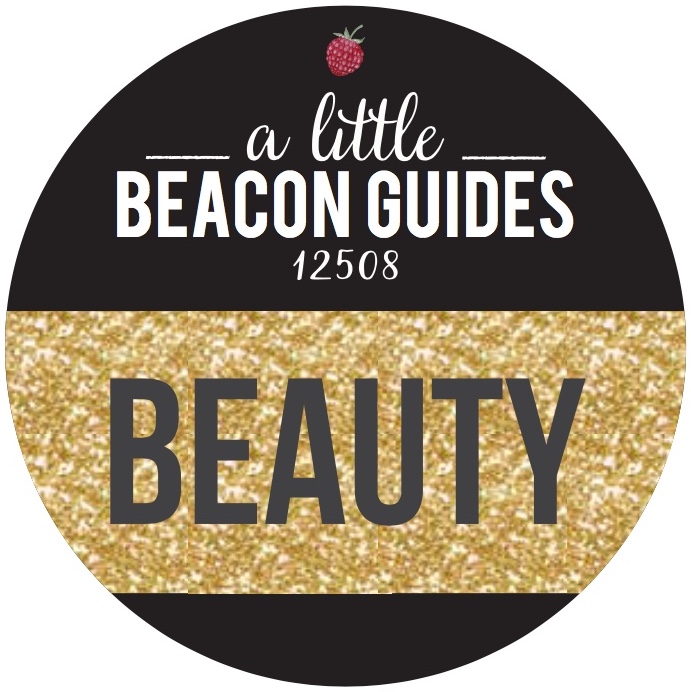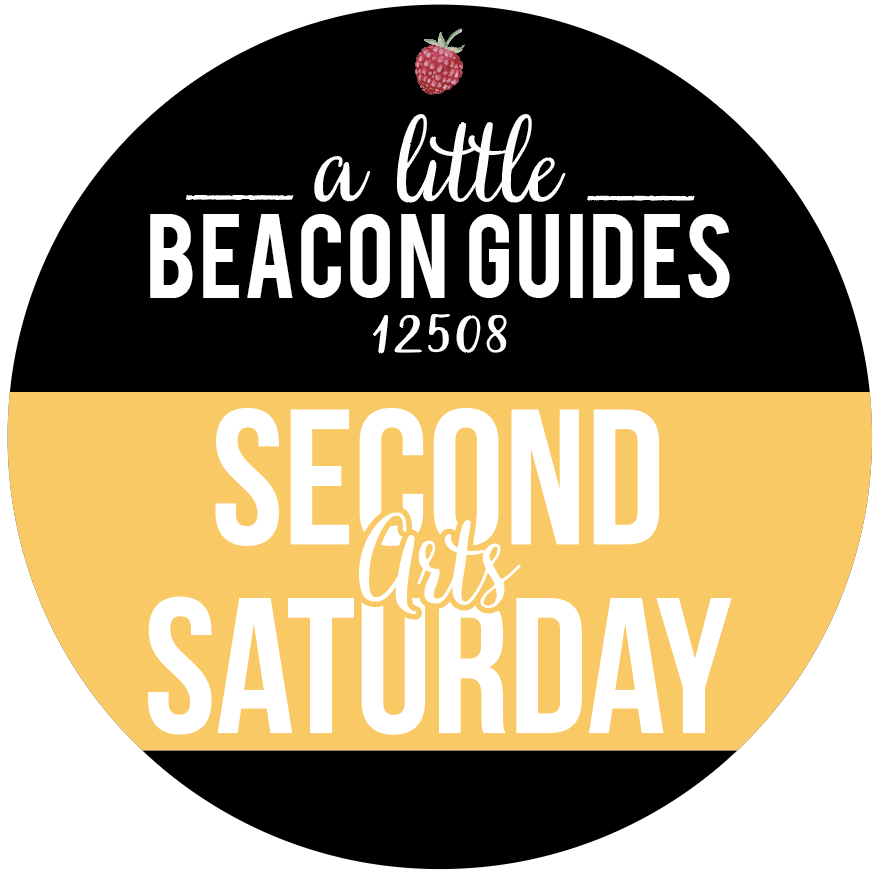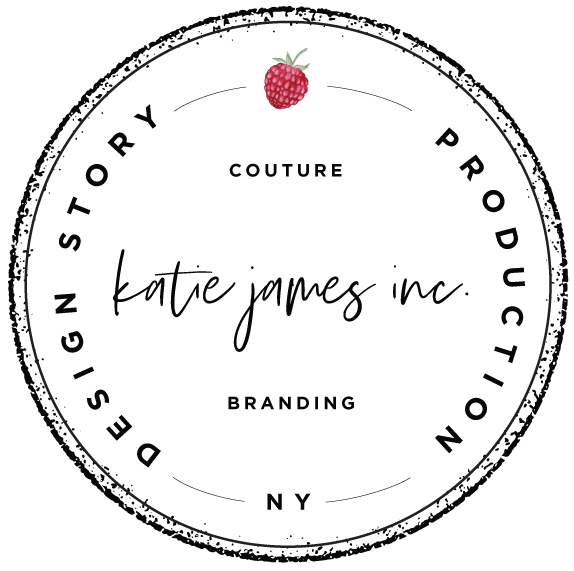Letter To The Highlands Current Editor: Did Racial Bias Influence Key Food Article?
/This article is third in a 3-part article series that takes a closer look at the incident at Key Food that the Highlands Current published on March 25, 2022. This article studies the media process in researching and writing a heated article like that.
RELATED ARTICLES IN THIS SERIES
I wrote a Letter To The Editor of the Highlands Current objecting to the direction of the article production of the Key Food incident that happened 2 years ago, printed in the newspaper’s March 25, 2022 issue this year. The printed version of my letter is pictured here. The extended version of my letter can be read here, along with the editor Chip Rowe’s rebuttable, and my rebuttable back to him.
After emailing with the Chip to learn more about their process for picking the photo used on the front page, and after taking his suggestion to read the 475 pages of court documents that the article was based from, I grew more uncomfortable with how the story was produced, and I resigned my monthly column there.
The final words of the plaintiff’s personal injury attorney to the employee in the attorney’s questioning of the employee for his deposition were certainly condescending about sticks and stones breaking bones, but names will never hurt me. This article felt similar. Especially after all of the verbal assault spoken by the plaintiff that was revealed in those depositions, and the continued name calling and racial insults the plaintiff continued to hurl at the employee via social media 2 years later after the settlement was signed to end the lawsuit.
How Multiple News Outlets Cover A Story
When a news outlet breaks a story, all of the other news outlets may cover it also, but with their own different angles, so as to bring new information to readers. When the Highlands Current breaks a story, a few things go through my mind:
I appreciate it. They are faster than me at getting the news out. They have more writers on staff.
I ask myself: “what information did they leave out that I could include in my version?” Usually that’s not a slight at the newspaper - it’s just how it is. It’s like musicians covering a song differently, using different chords. A person’s experience is the original song, and then all of the musicians (aka media outlets) pick their tunes around the facts.
Key Food Beacon Was Under Siege After The Article Dropped
A few hours after I read the article and interviewed the main employees of the store - Mo Dabashi, JB Said and Junior Dabashi - I learned that members of the Beacon community had been calling and emailing the store with threats. In addition, people were signalling out members of the Dabashi and Said families on the street when with their children, and were saying mean things.
Yes, most Beaconites were vocalizing their support of the Key Food family silently in their minds, via private DMs, and on social media comment threads. But the store was under siege from angry readers of this article, fueled by the constant social media postings of this plaintiff, as I learned by interviewing Mo, JB and Junior the Friday the newspaper hit newsstands.
Why I Felt So Entitled To Object To Another Media Outlet’s Style Of Coverage
I respect Chip the editor and Jeff Simms the reporter. Media outlets need to be friends because sometimes it’s lonely out here reporting on hard topics.
I had just been emailing with Chip in a professional manner. He edited my monthly column for their newspaper and finished the issue for the week. When I awoke the next morning to read the digital version of the newspaper (I get the early-bird digital version at midnight as a $10/monthly donor), and saw the photo and headline and the front page, I was aghast with 2 feelings:
Wow, that is so uncharacteristic of employees Emad Dabashi, Mo and Willy pictured here standing over someone on the ground, and
Why oh why would the newspaper use this photo, and not do a Deep Dive into what caused this situation for a local small business? Granted, Key Food is one of the largest small businesses in Beacon, as they are a franchise, just like Subway down the block, owned by local families.
From one content creator to another, who I feel (felt) socially aligned with, I couldn’t get past the treatment, choices, and then continued responses and justifications as to why this story was produced this way. Human to human, I was dumbfounded.
Important Questions To Ask For The Backstory Of The Highlands Current’s Article
It’s easy to read an article and move on, but ask yourself these questions:
Why was this story happening now? What triggered it?
I asked the reporter what inspired the story, and did not get a response. His only interview subject for the article, Junior Dabashi, a member of the Key Food Beacon franchise. Junior did confirm to me that Jeff the reporter reached out to him for more information for the story. Key Food Beacon was not seeking publicity or help while they were getting harassed on social media by the plaintiff after his settlement was signed.The plaintiff in the lawsuit - the person on the floor who was injured and suffered physical and emotional trauma 2 years ago - began sharing the video of him being tackled to the floor in his social media over and over again this year. Why would he do that?
Jeff reported that the plaintiff agreed to a $95,000 settlement payment. After he agreed to that and his attorney signed the document ending the lawsuit on March 15, 2022, the plaintiff began sharing this video on repeat.Why did the editor think it appropriate to show a this photo?
The photo used was a screen-grab of the final 20 seconds of the incident, when the plaintiff was on the floor. Surrounding his head and neck was a lot of red. To anyone who hadn’t watched the video, it looked like blood. But it was his hoodie and hat. When I emailed Chip about it, he said: “I am not sure I see what difference it makes if there was blood or no blood.”Why did the editor issue a photo graphic warning for the photo?
Chip typed a “Fair Warning” for the photo to the email subscribers of the early-bird digital edition.Speaking after a settlement is almost unheard of - why was this plaintiff doing this?
Did he want more money? What was the intent?Why wasn't the plaintiff who was repeatedly publishing the video and saying verbally abusive things to Key Food via social media the focus of the story?
Getting hurt is traumatic. So is slinging verbal assaults, getting banned from Key Food Beacon for that, walking past the police who had been called to enforce the ban, coming back to the store, and then continuing to verbally and emotionally assault the Key Food Beacon family through social media posts. Who speaks so loudly after settling? It was odd. Why did the newspaper not think that odd? My only answer was that from the lens they see things in - they had their implicit bias goggles on. In the plaintiff’s testimony, he said he paid very little attention to the employees after shopping there for years. Yet in his Police Report, he clearly stated that the employee was Middle Eastern with a long beard.Why wasn't the Beacon Police response examined?
From my interviews with Mo after I read the article (Mo who was there that day and dealt with the police response), I learned that the police were “divided” in their response to the first time the police were called for the plaintiff to tell him to not come back to the store, which they declined to do, according to depositions. The Beacon Police and City Administrator will not respond to my questions to confirm this.
He warned of 2 photos: the Key Food photo, and a photo from the Beacon Historical Society of a Victorian home being bulldozed during Urban Renewal. I really look forward to reading that series, but why the two photo warnings? It was odd, and felt questionable. Was Chip getting giddy about having eye popping photos to print?
The second photo that Chip Rowe, the editor at the Highlands Current, issued a graphic warning about in the email to newsletter subscribers, when he also issued a warning about the Key Food incident photo.
Was a physical response from an Arab employee after continued alleged threats and verbal abuse from a customer being sensationalized by this “hometown” newspaper? Arabs tend not to be represented fairly in the media. If there are racial insults used, almost nothing is done. Arab insults tend to go unchecked. It’s as if they are normalized in this country. An Arab insult was used by the plaintiff in his social media two years after the incident. Does an Arab insult not matter?
After I emailed Chip a lot of questions to which he answered most of them, mainly about the photo choice, eventually he grew tired of me and said: “If you think our story wasn't balanced, tell the story yourself.”
After the story went to print and landed in inboxes and newsboxes everywhere, the Key Food family removed the newspaper box from their front door after people began calling and emailing the store with angry comments and threats.
The Highlands Current responded by chaining their newsbox to a lamppost outside of the store. A detailed article about how the City of Beacon approved that move, and used unsubstantiated reasoning with a flicker of gaslight, is here.
Why I Cared So Much As To How This Story Was Covered
As a mother, I know that kids get into spars. If caught on video, those 20 seconds can tell a very different story as to what happened. This video could impact a person for life. A newspaper calling itself a hometown newspaper should not take a few days to wade through hundreds of pages of deep depositions to report on a story like this. If this was the New York Post who didn’t care, then maybe. But this was the Highlands Current. It took me 3 weeks to get through the depositions, ask bunches of questions, and process the information to write about it.
Key Food Beacon’s Backstory And Dealings With Racial Arab Bias
Eleven years ago when I started this blog, I published a list of food markets. It included all of the regulars, like Beacon Natural Market, Beacon Pantry, the Beacon Farmers Market, etc. It did not include Key Food Beacon. In my mind, Key Food Beacon was a big brand, owned by nameless faces, and was not a small business.
Junior Dabashi reached out to me. He was a manager of the store at that time. He emailed to ask why Key Food wasn’t in the list, as they are called Key Food Market and do sell fresh produce, some locally sourced when possible.
He was right. He kindly and quietly called me out. What an oversight on my part. I quickly added them to the list, and then requested an interview with him to learn more about them from a locally owned small business standpoint.
Junior and his brother, Mo Dabashi, took the meeting with me and invited me into the back of the store to discuss what they had to overcome in order to improve the store’s reputation. Years ago, the store was often trashed in social media, after the families bought it from the previous owner. The families invested to renovate the store and dove into the community to support it in many ways, as you can read here in this feature at the Highlands Current by Sommer Hixson years ago.
The family who owns Key Food is Yemeni and Muslim. Junior and I became friends after that meeting. I could see in Facebook, when he posted photos of his family, most people enjoyed seeing his life. Some people openly made racist comments, saying things like “Where is your wife? Why is she not in the picture? Where are the women in the photo?” In Muslim culture, for some Muslims, sharing women in a photo is not something they like to do in the name of modesty and protection. To be called out and judged like that is Islamaphobic and racist towards Arabs.
Over the years, I got the privilege of becoming Junior’s wife’s friend, so I get to see all of her dear family photos, and her out and about in her fancy sunglasses. We discuss American fashion and Muslim fashion. And how both our pre-schoolers are so shy at public school, but loud drama queens at home.
Years ago, Junior’s niece, the poet and writer Izdihar Dabashi, visited the ALBB table during a Spirit of Beacon Day Parade, asking if we needed writers, saying she loved the blog. We became fast friends, and she has since written several pieces, including this one “Ramadan and Eid Al-Fitr Celebrated. The Intricate Images Of Mosques and Moons Explained” and “Keys to Beacon 2018: An Exploration Of The Outdoor Pianos That Played In Beacon” and “When You Double-Orbit From A Down Day Re: COVID-19, Check Out These Tips To Reclaim Your Mental Health,” as well as many others.
Some people don’t see Key Food Beacon, or the people who make Key Food run every day. Some people think of it as the faceless place with no feelings. One evening years ago during Public Comment at a Beacon City Council meeting, one resident who regularly speaks his mind at Public Comment of those meetings, Denis Pavloc (sp?), approached the podium to voice his wish for a grocery store in Beacon. Denis is veteran of the Iraq war. Had he not read Sommer’s article in the Highlands Current, “Beacon’s Only Supermarket A Bellwether of Growth” published in 2014?
Ever since then, as a citizen/person and as a publisher/blogger, I have made it a point to amplify the good work of the people behind Key Food Beacon. As a Muslim family, it is part of their pillars of faith to feed the poor and help the community. It’s the bedrock of Key Food Beacon. During this ordeal, they have been fasting for Ramadan. On the first day of Ramadan, the plaintiff issued another social media post with verbal attacks. He has since taken it down.
That is why when I saw the photo splashed onto the front page of the Highlands Current in 2022, I was electrified. A photo writes its own article. People see a photo like that, and they draw their own conclusions. Write their own details. Publish their own reality, and move on with their day. Cementing a stereotype into their minds, while the people in the photo have to live with that impression.
The Highlands Current’s founder died in 2014, shortly after Sommer’s article was published. Since then, perhaps it has taken a different approach, perhaps being attracted to sensationalist story angles that make something newsworthy, rather than other details of a story that point out different trends or observations.
Racism towards Arabs has become so normalized in this country, that nobody hears it. Not even the Arabs who are being verbally assaulted by it in Beacon, as you’ll read in my version of this story when I interviewed Mo to ask why he couldn’t remember exactly which racial insults the customer said to him and Emad that day.
You can click here to read the story of what happened that day as told through quotes from depositions of the lawsuit.














































